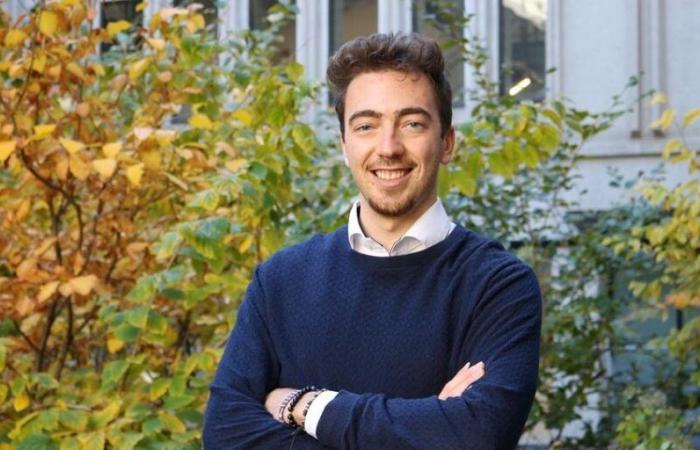The first communities of North America have for too long been summarized in history books in two categories, nomadic or sedentary peoples, and their customs rather than their truth. Canada recognizes three indigenous groups: First Nations, Inuit and Métis.
Although these women and men only represent approximately 1% of Quebec’s population, we are witnessing a resurgence of interest in getting to know them better through the media which seeks to better understand the issues they face.
Simon Filiatrault, journalist from the Huron-Wendat nation, collaborates with the Indigenous Spaces platform of -, campaigner for journalistic investigation without pretense or clichés.
From the right to field reporting
Before becoming a journalist, the young man found his calling in law. One thing led to another and the lawyer specialized in indigenous law, a process of cultural reappropriation, as he explains. “I felt the call to the field to understand all the dimensions of my people, from the spiritual, to the culture and the societal.” Then we approach him so that he joins the brigade of journalists from Espaces Autochtones. On his guard, he will end up taking on this role, because an ideal inhabits him: to change the negative lens of the media which has undermined indigenous communities. He wants to repair this misunderstanding generated by the media towards his people.
Jack of all trades, committed to positive indigenous news, the journalist develops a popularization approach, remaining faithful to the facts. This is how he addresses the realities of marginalized indigenous communities, what he defines as “his dance through writing.” He advocates accessible information on the state of the law. He is producing a report on the Innu community of Uashat Mak Mani-Utenam, which numbers more than 4,600 people. An approach to deepen the Innu legal order which differs from Canadian law. Over the course of a week, he collected elements to create a large-format article that told a story. A destabilizing experience to say the least but one of which he is proud.
Contemporary educational part of the media
Another dimension that Simon Filiatrault faces in his journalistic work consists of filling a gap left gaping by traditional media: indigenous peoples are not contemporary and live in the past. According to him, the press has its educational role to play, just like schools. Faced with this stereotype, he considers that the majority of Canadians do not know the real culture of the first peoples.
What are the challenges of processing information on the dimensions of the daily life of first peoples? To understand the establishment of the - platform and its trigger, the journalist raises two points. First, the national public broadcaster is developing more and more information of public interest. In addition, Indigenous people constitute a part of the Canadian population and must be represented. According to him, - was avant-garde with Indigenous Spaces.
“Following the commissions of inquiry into residential schools, structures funded by the Canadian government to assimilate Indigenous children into Canadian culture, people understood the atrocities committed against First Nations,” he maintains. The modus operandi of the information space consists of delivering concrete news in the lives of the communities that consult it, both good news and less positive news. A certainty that inhabits the journalist in solidarity with the cause, who receives many congratulations from the readership on his work.
The interview, a guarantee of sincerity
One last aspect appears fundamental for Simon Filiatrault in the very nature of reporting focused on Indigenous people: the mechanics of the interview. He believes that “journalism in an indigenous environment requires adapting to realities.” For example, you have to know how to slow down, and adapt to what he calls “Indian time.” Indigenous communities do things when they arise, not in a fit of rage. This means slowing down all aspects of the reporting, and the interview may be longer. Also, the presence of the ellipse and the story, just like the gaze which is not always maintained, and the silences, these moments of reflection, should not be sources of discomfort.
The journalist invites an examination of conscience on the approach which must avoid any form of stunts. Do not fall prey to sensationalist news. “Every representative of the indigenous or Innu nation wants to be a witness and not a history taker…,” he concludes, confident of his approach and the change in editorial judgment gradually underway in the Canadian media. In the future, Simon would like to go to other indigenous communities around the world and compare the realities with other nations who have also suffered from their history. A way to see possible solutions for a better tomorrow.
Photo courtesy of Simon Filiatrault.






